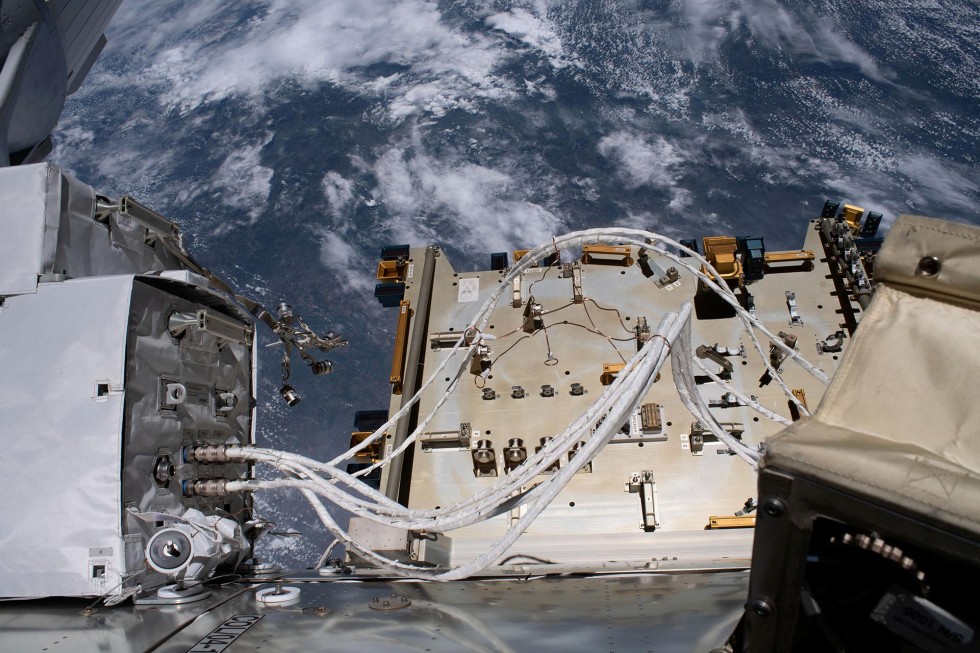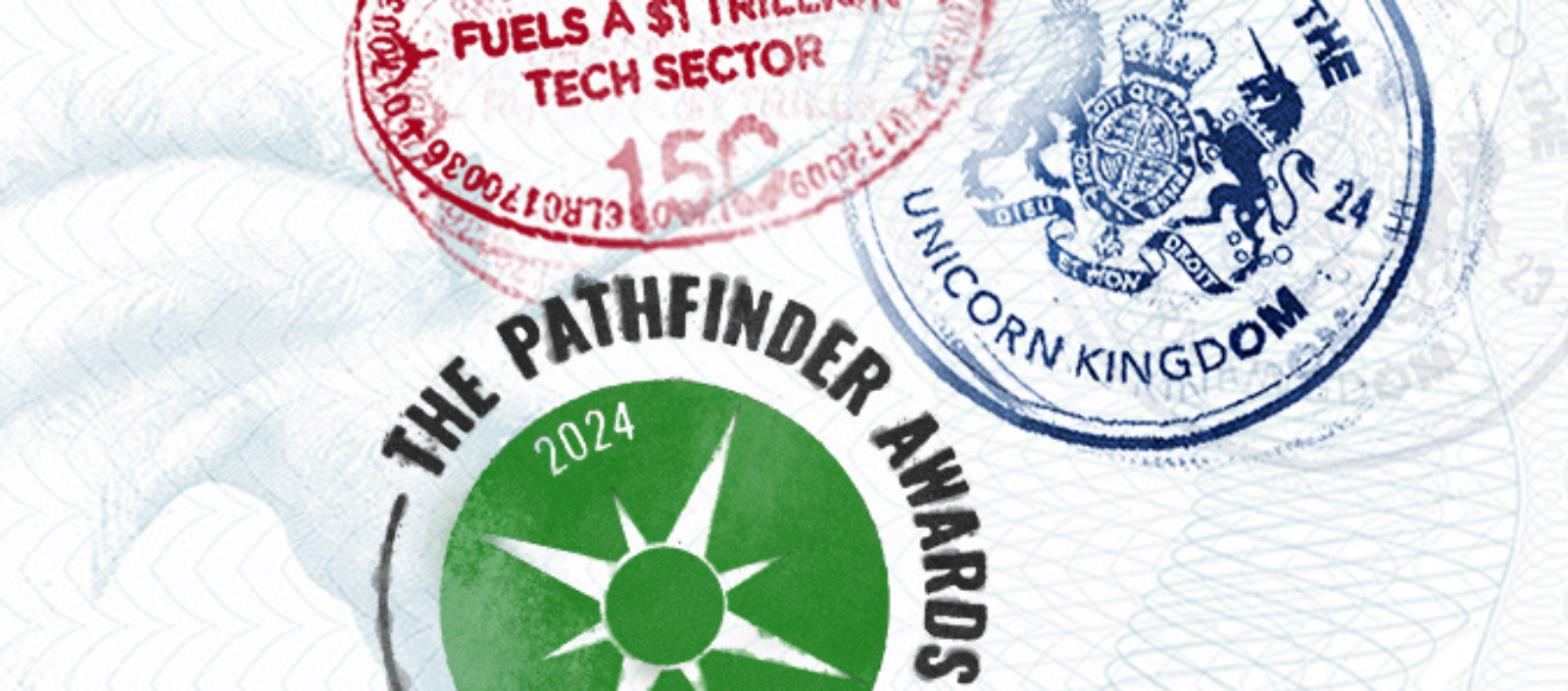International Space Station
17. Jan 2022
by Iestyn Hartbrich
A new antenna is intended to speed up data transfer with the European Columbus laboratory.
Colka Terminal on the ISS, International Space Station.
Photo: ESA/NASA
The European module ISS Columbus has received a faster data connection. The German Aerospace Center (DLR) announced that the new Colka antenna (Columbus KA-Band Terminal) had entered service. “Many scientists will benefit from this with their experiments, already during Matthias Maurer’s “Cosmic Kiss” mission and especially immediately afterwards with the Italian astronaut Samantha Cristoforetti,” explains Volker Schmid, head of the “Cosmic Kiss” science mission at DLR.
Colka connects Columbus with the so-called Spatial Data Highway. The antenna sends the ISS data to the EDRS-A satellite, which is 36,000 km above the same point on Earth and has been in the ISS’s field of view for a long time. EDRS-A sends the data to the Harwell ground station in Great Britain, from where it is sent to the Columbus control center in Oberpfaffenhofen. “In this way, we can achieve data transfer rates of 50 Mbit/s,” says Daria Margiotta, flight director at the Columbus control center.
Installed by NASA astronauts
The refrigerator-sized Colka antenna was built by Airbus and installed by NASA astronauts Mike Hopkins and Victor Glover during a spacewalk on January 27, 2021. According to DLR, real-time data transfer between the ground station and the Columbus module.
The goal of the facility is for researchers to have direct access to their experiments on the ISS. “We will get data from all the racks and payloads in Europe much faster than ever through Colka,” says Margiotta.
Know-how for the lunar station
Part of Colka’s technologies is a model for communicating with future lunar infrastructure. “A lot of know-how was gained during the design, construction and operation of the antenna, which will now also provide important services for the development of the telecommunications and refueling module in the European Esprit module of the “Moon Gate” – the planned Post in lunar orbit. Here, communication has to work at a distance 1,000 times greater than with the ISS,” explains Volker Schmid.

“Total social media fan. Travel maven. Evil coffee nerd. Extreme zombie specialist. Wannabe baconaholic. Organizer.”







